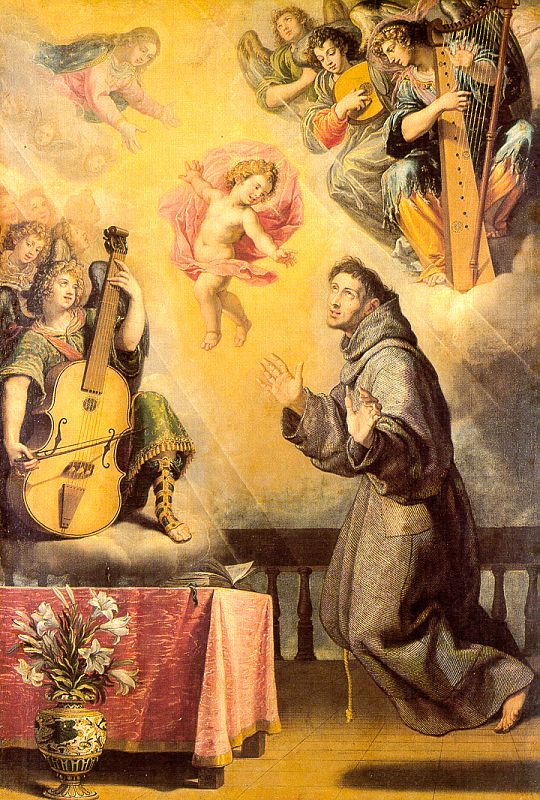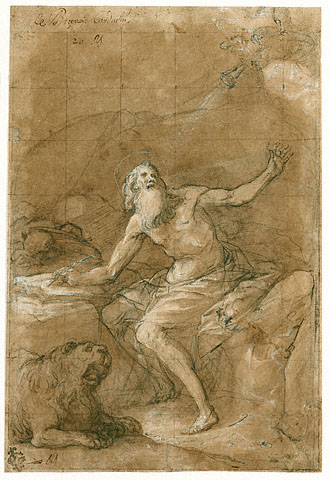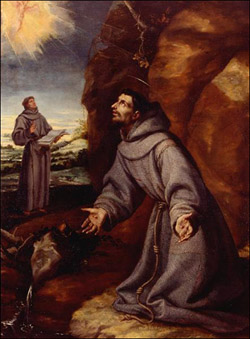Vincenzo Carducci (1568-1638)
Get a Carducci Certificate of Authenticity for your painting (COA) for your Carducci drawing.
For all your Carducci artworks you need a Certificate of Authenticity (COA) in order to sell, to insure or to donate for a tax deduction.
Getting a Carducci Certificate of Authenticity (COA) is easy. Just send us photos and dimensions and tell us what you know about the origin or history of your Carducci painting or drawing.
If you want to sell your Carducci painting or drawing use our selling services. We offer Carducci selling help, selling advice, private treaty sales and full brokerage.
We have been authenticating Carducci and issuing certificates of authenticity since 2002. We are recognized Carducci experts and Carducci certified appraisers. We issue COAs and appraisals for all Carducci artworks.
Our Carducci paintings and drawings authentications are accepted and respected worldwide.
Each COA is backed by in-depth research and analysis authentication reports.
The Carducci certificates of authenticity we issue are based on solid, reliable and fully referenced art investigations, authentication research, analytical work and forensic studies.
We are available to examine your Carducci painting or drawing anywhere in the world.
You will generally receive your certificates of authenticity and authentication report within two weeks. Some complicated cases with difficult to research Carducci paintings or drawings take longer.
Our clients include Carducci collectors, investors, tax authorities, insurance adjusters, appraisers, valuers, auctioneers, Federal agencies and many law firms.
We perform Vincenzo Carducci art authentication, appraisal, certificates of authenticity (COA), analysis, research, scientific tests, full art authentications. We will help you sell your Vincenzo Carducci or we will sell it for you.

The Vision of St. Anthony of Padua 1631
Vincenzo Carducci was an Italian painter. Born in Florence, and was trained as a painter by his brother Bartolomeo, whom he followed to Madrid. He was initially called to work on the decoration of the Escorial for Philip II of Spain. He worked a great deal for the subsequent monarchs, Philip III and Philip IV, and his best pictures are those he executed for them as decorations in the Prado. Examples of his work are preserved at Toledo, Valladolid, Segovia, and several other Spanish cities. For many years he labored in Madrid as a teacher of his art, and among his pupils were Giovanni Ricci, Pedro Obregon, Vela, Francisco Collantes, and other distinguished representatives of the Spanish school during the 17th century.

St. Jerome Hearing the Trumpet of the Last Judgement 1626
He also authored a treatise, De las Excelencias de la Pintura or Diálogos de la pintura, su defensa, origen, essencia, definición, modos, y diferencias, published in 1633. Witten in classical tradition as a dialogue between a master and an apprentice. Following strict piety of the Spanish realm, the text urges:
“Shame on me and all those who rash and impudent, and without meditation and without improving our souls, in this world set out to paint a portrait of the most Holy Queen of Angels, Mother of the Almighty, she who was full of grace, she who will be our means for gaining heaven…How well this was understood by that holy monastic painter Brother Juan Fesulano..(who) never started to paint without praying first..and (who) wept whenever he painted Christ on the Cross.”

St. Francis Receiving Stigmata
Carducci also assailed the verism of practiced by some such as Velázquez, and particularly was critical of Caravaggio and his followers, on whom he wrote:
“His new dish is cooked with condiments, with so much flavor, appetite, and relish that he has surpassed everybody with such choice tidbits and a license so great that I am afraid the others will suffer apoplexy in ther true principles, because most painters follow him as if they were famished. They do not stop to reflect of the fire of his talent which is so forceful, nor whether they are able to digest such an impetuous, unheard of, and incompatible technique, nor whether they possess Caravaggio’s nimbleness of painting without preparation. Did anyone ever paint, and with so much success, as this monster of genius and talent, almost without rules, without theory, without learning and meditation, solely by the power of this genius and the model in front of him which he simply copied so admirably.? I heard a zealot of our profession say that the appearance of this man mean a foreboding of ruin and end of painting, and how at the close of this visible world the Antichrist, pretending to be the real Christ with false and strange miracles and monstrous deeds would carry with him to damnation a very large number of people moved by his works which seemed so admirable (although they were in themselves deceptive, false, and without truth or permanence).
“Thus this Anti-Michelangelo with his showy and external copying of nature his admirable technique and liveliness has been able to persuade such a large number of all kinds of people that his is good painting and that his theory and practice are right,that they have turned their backs on the true manner of perpetuating themselves and on true knowledge in this matter.”
Still wondering about an Italian painting in your family collection? Contact us…it could be by Vincenzo Carducci.
